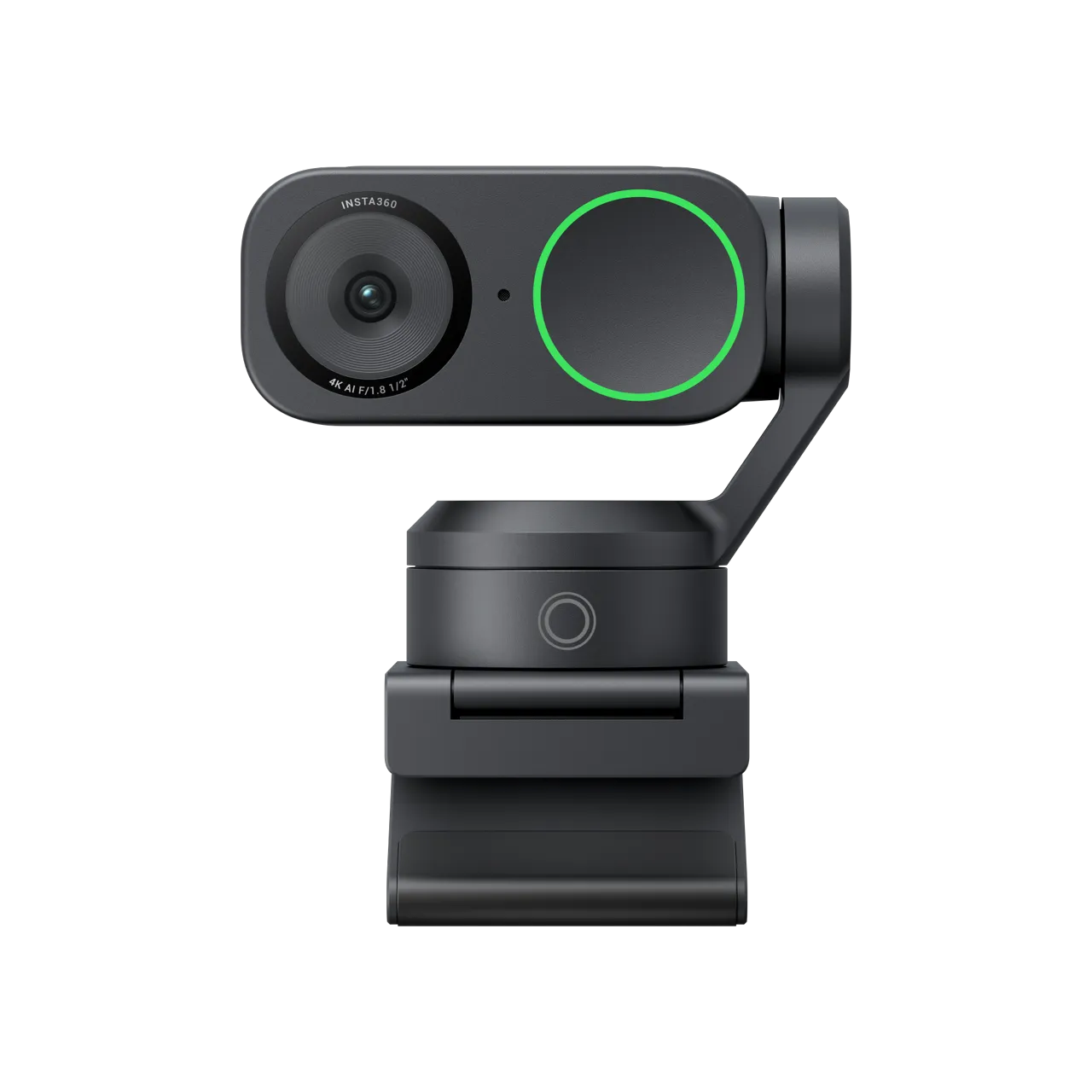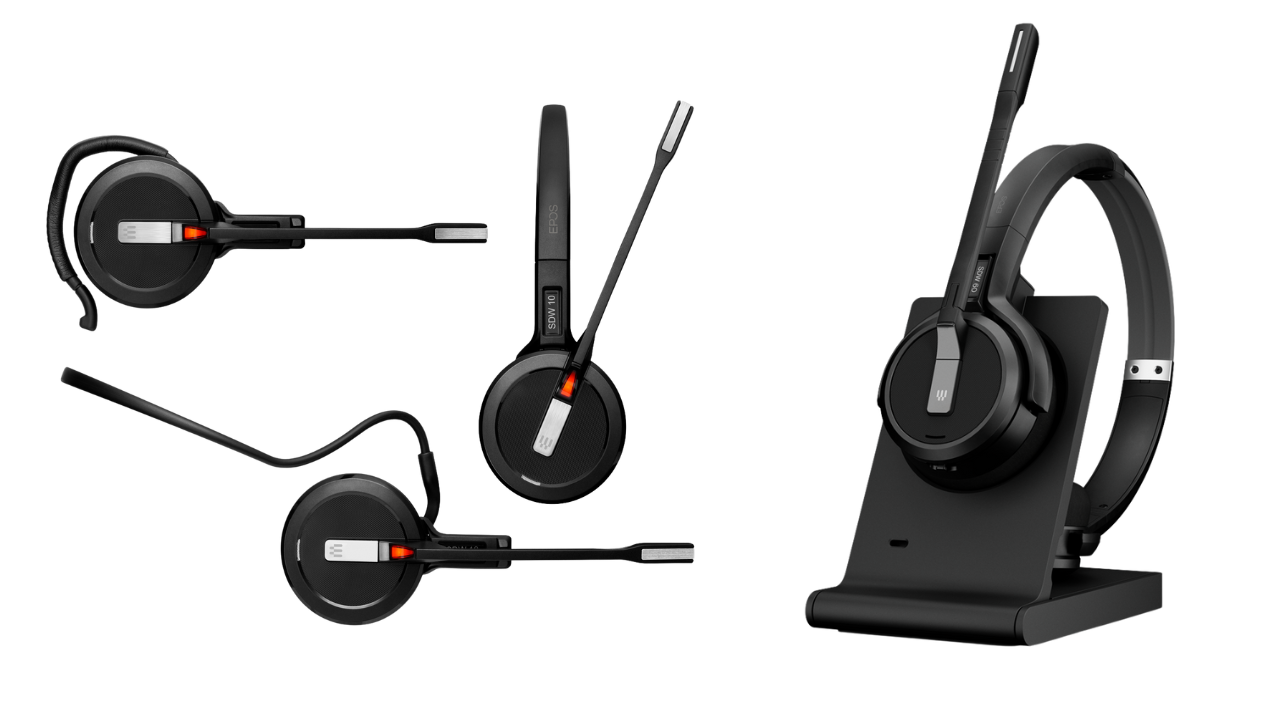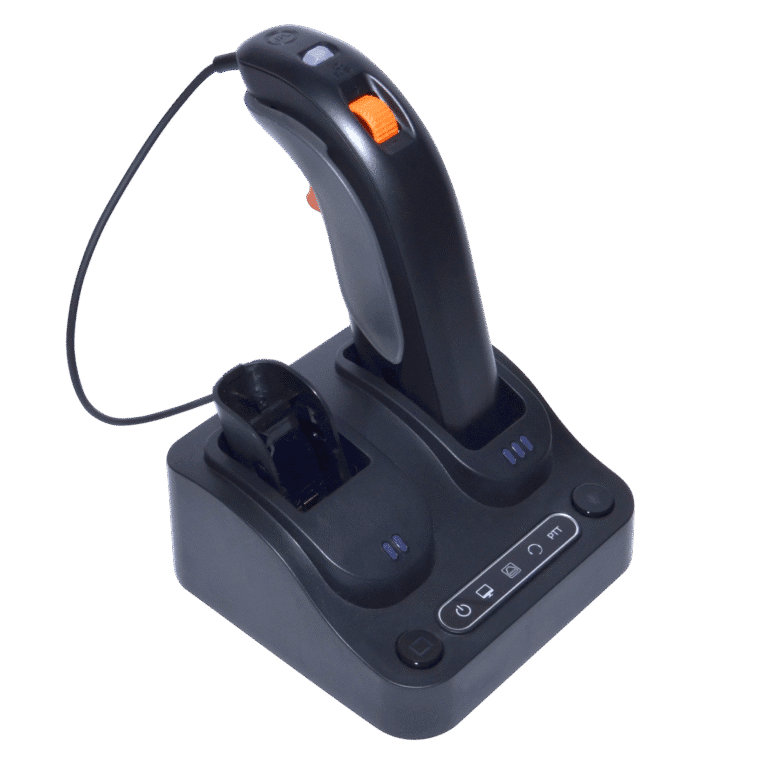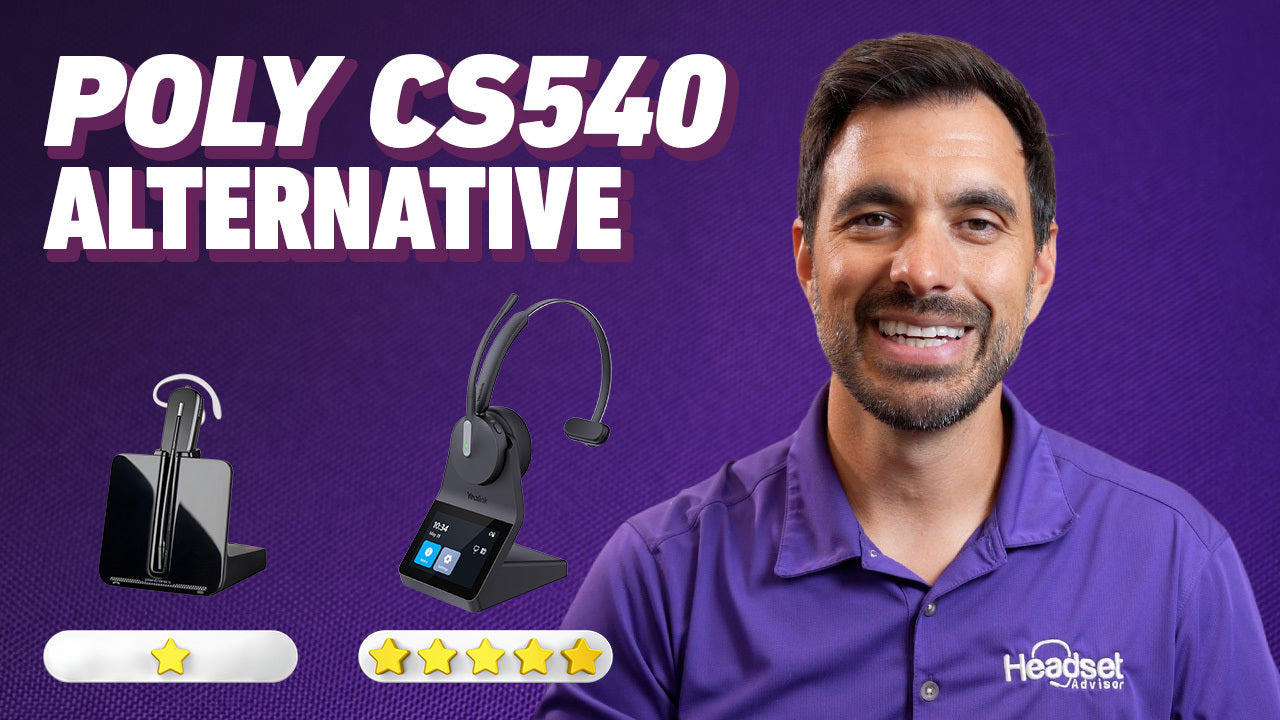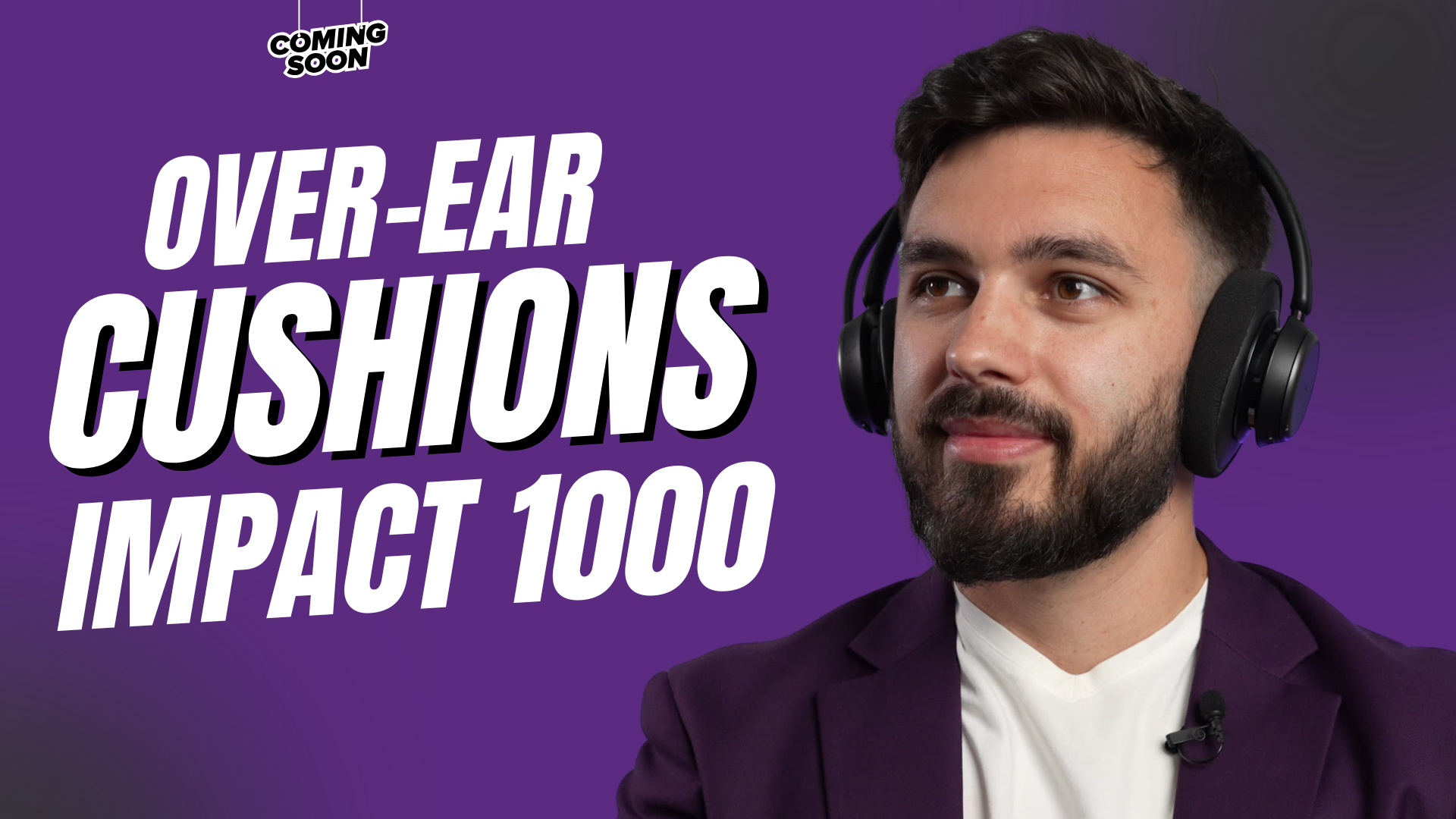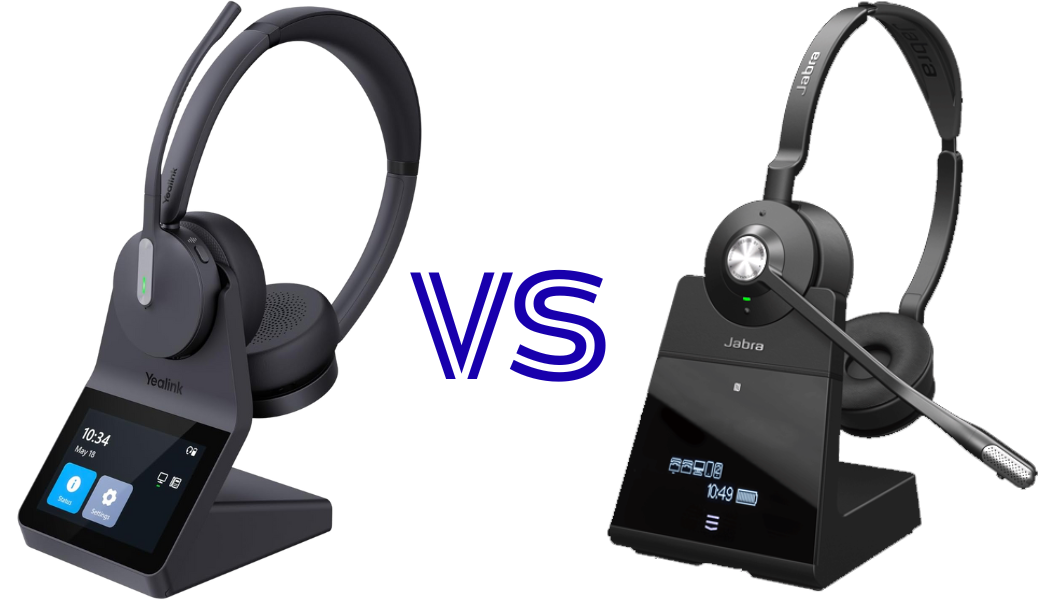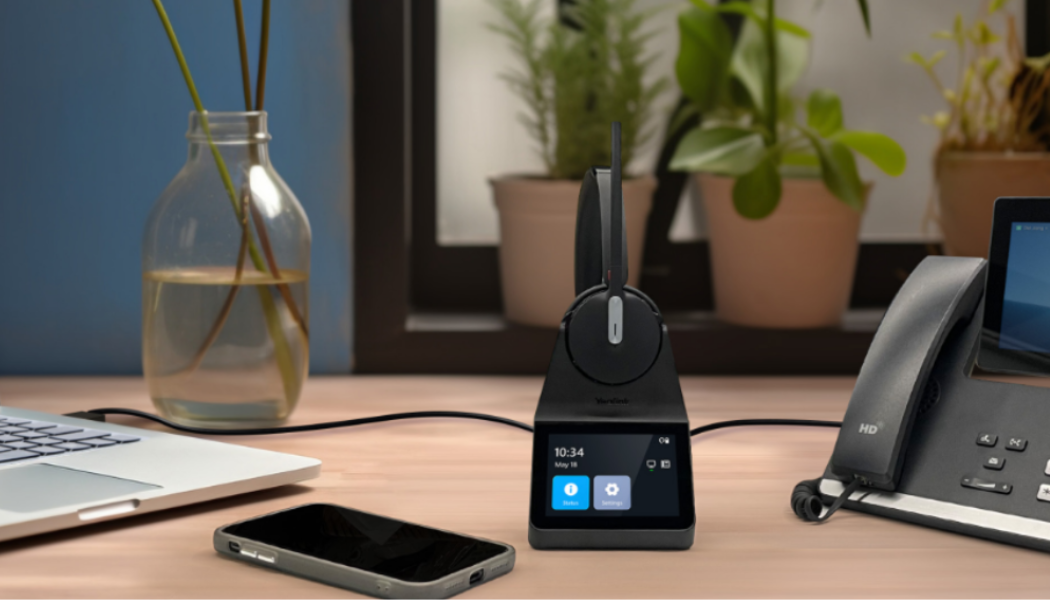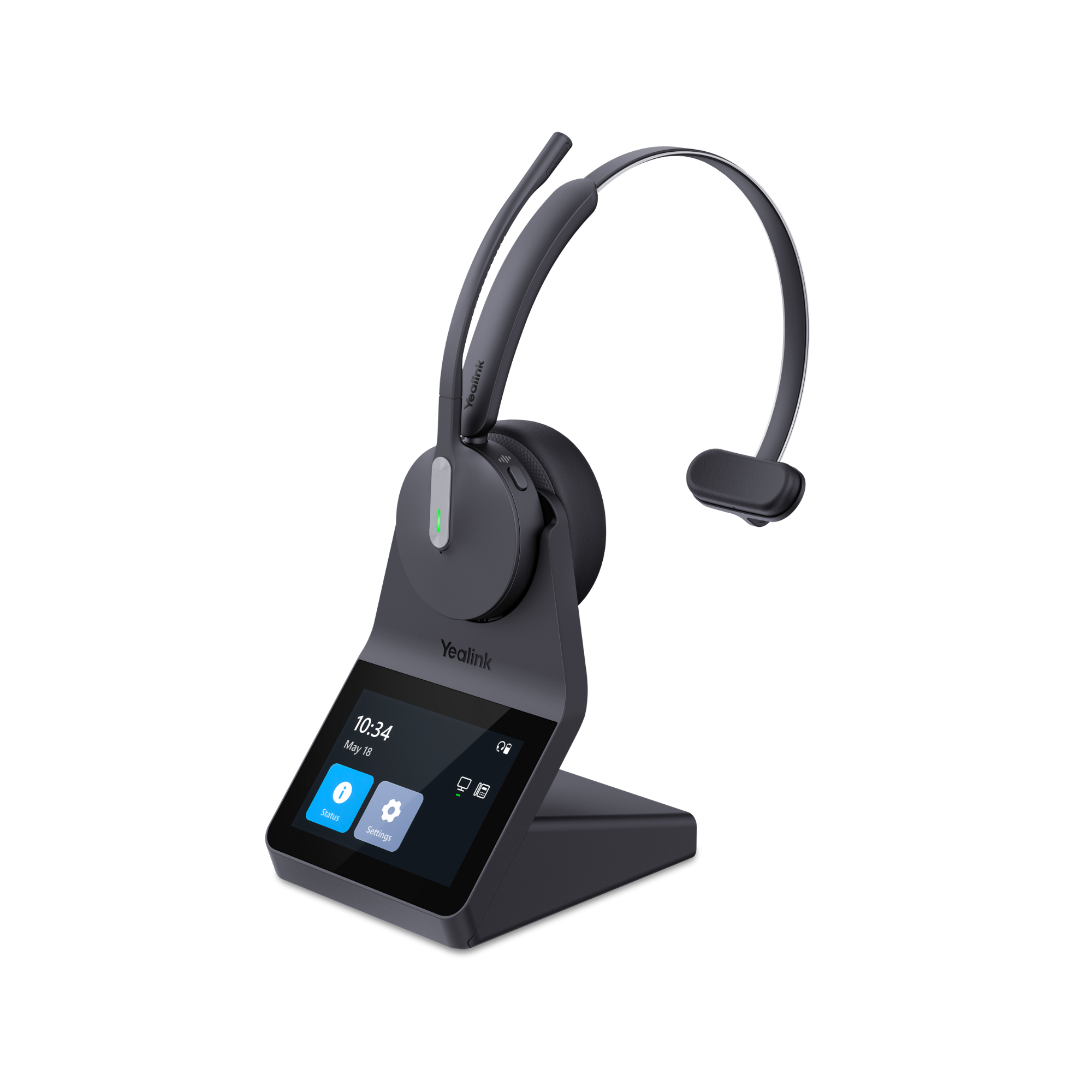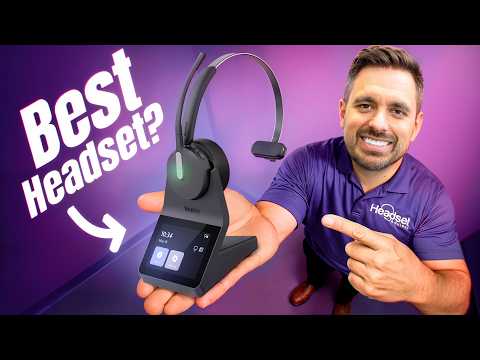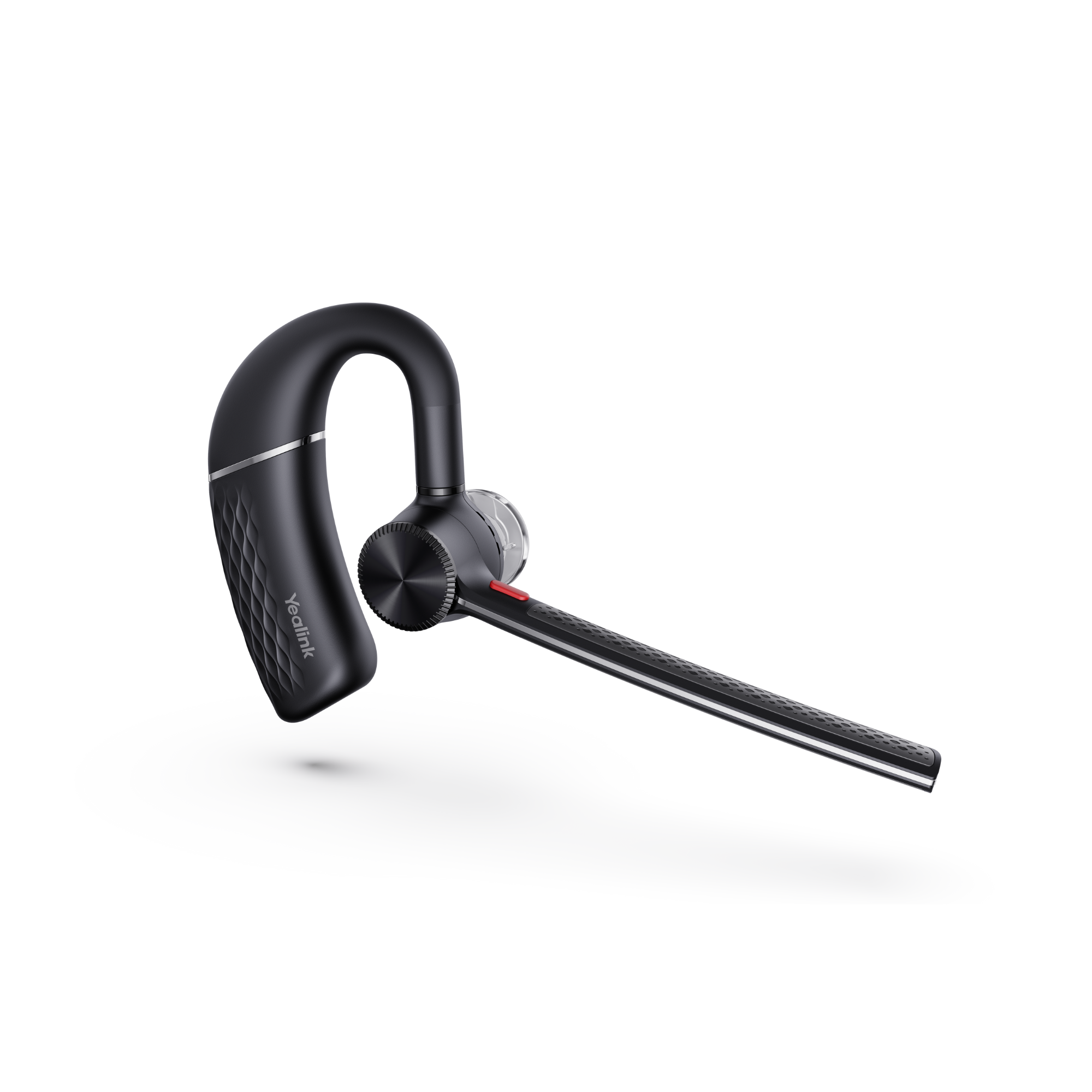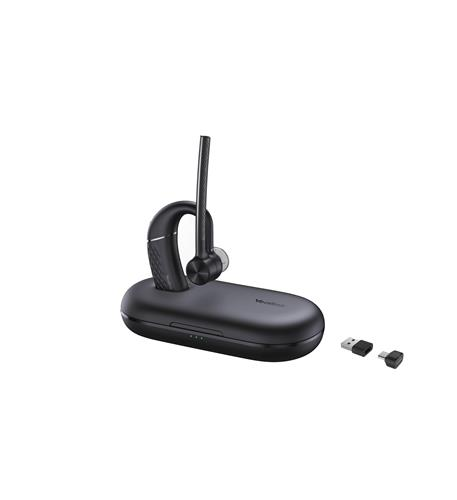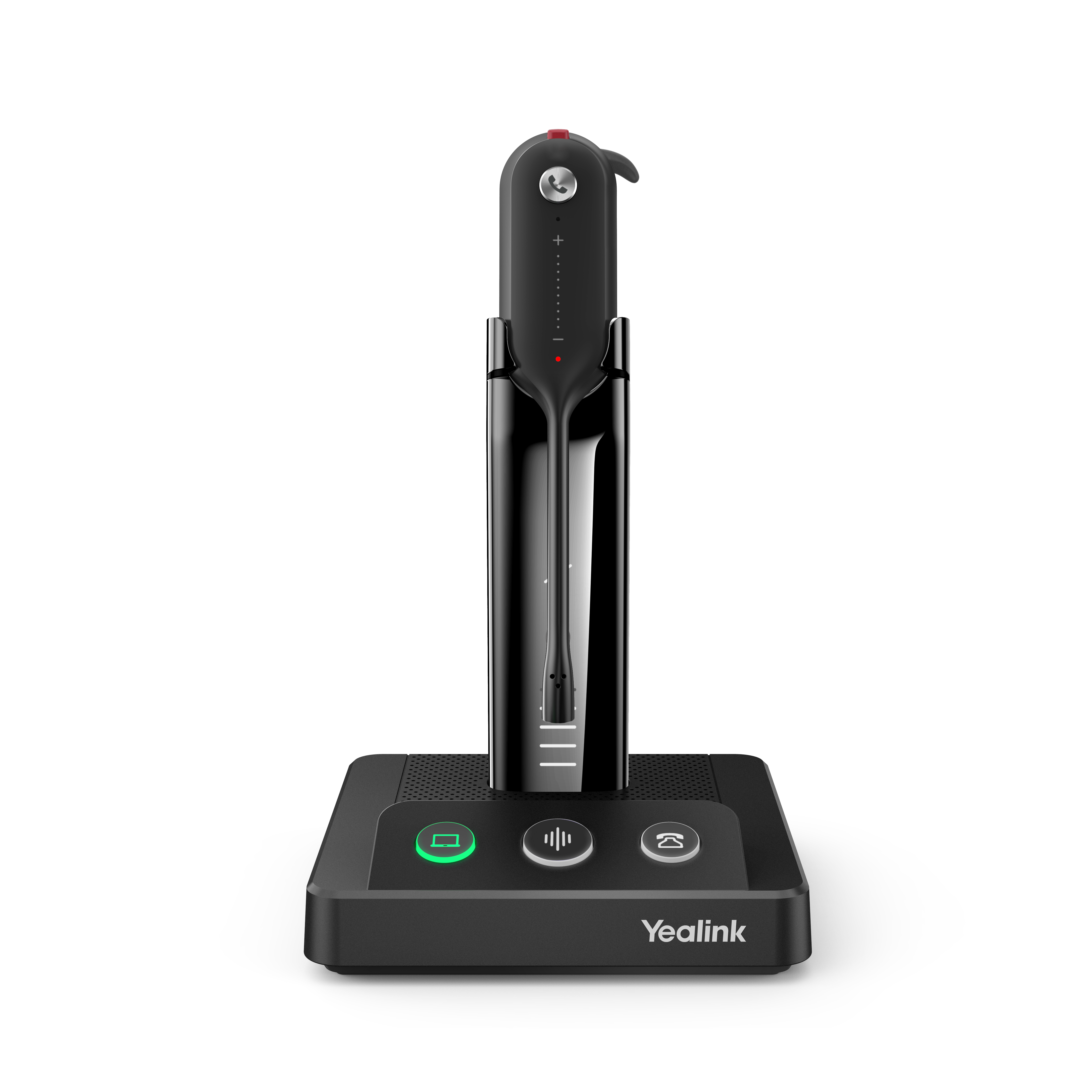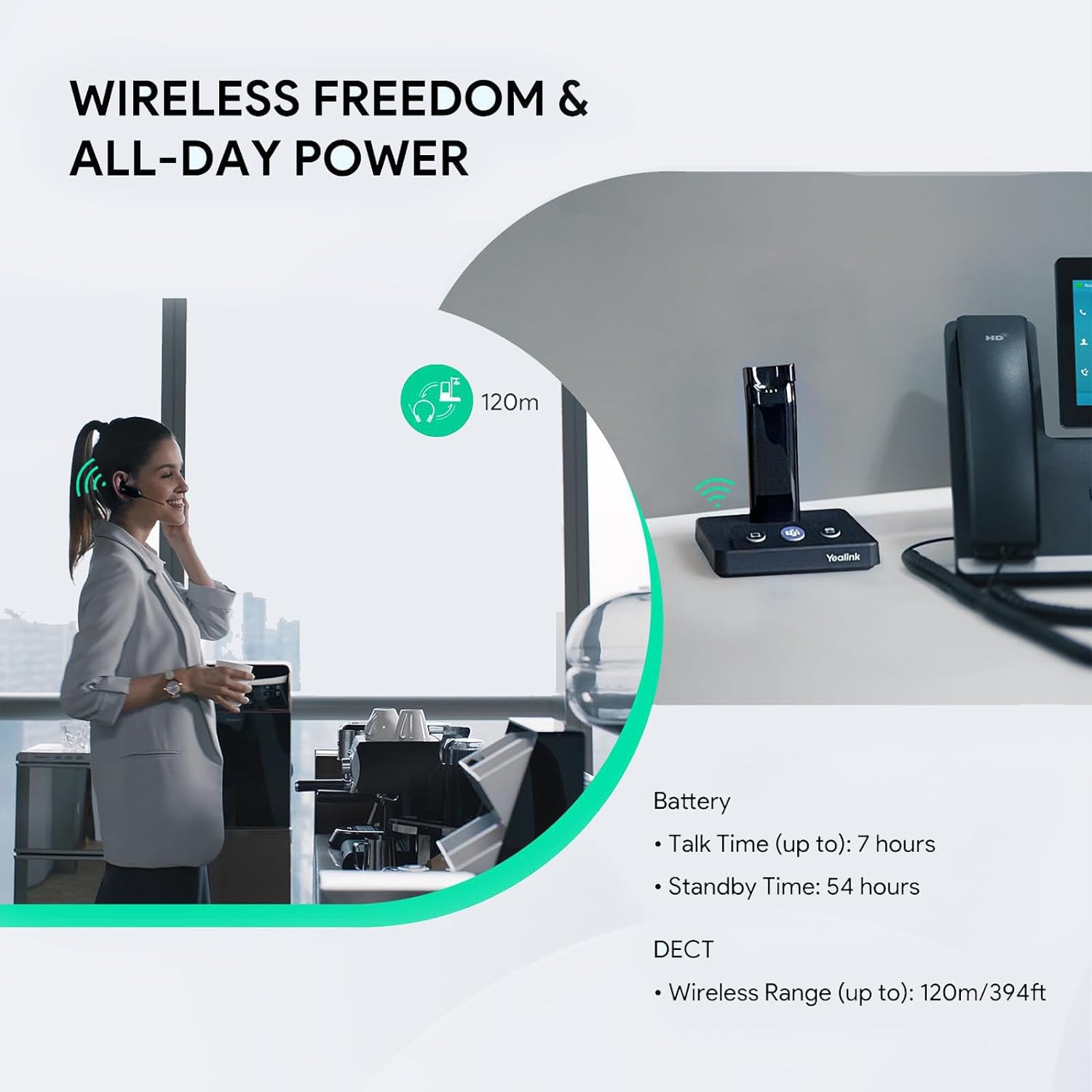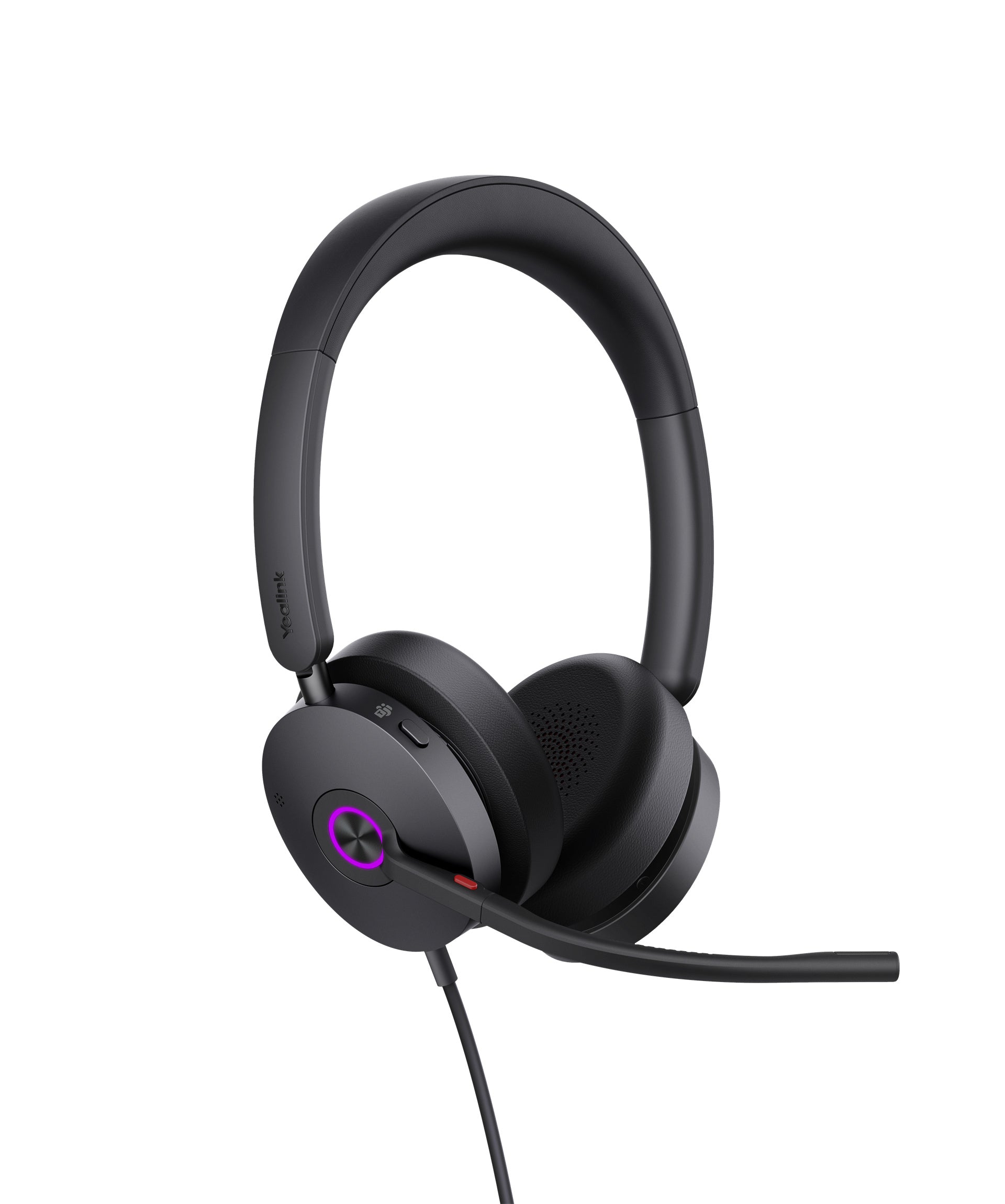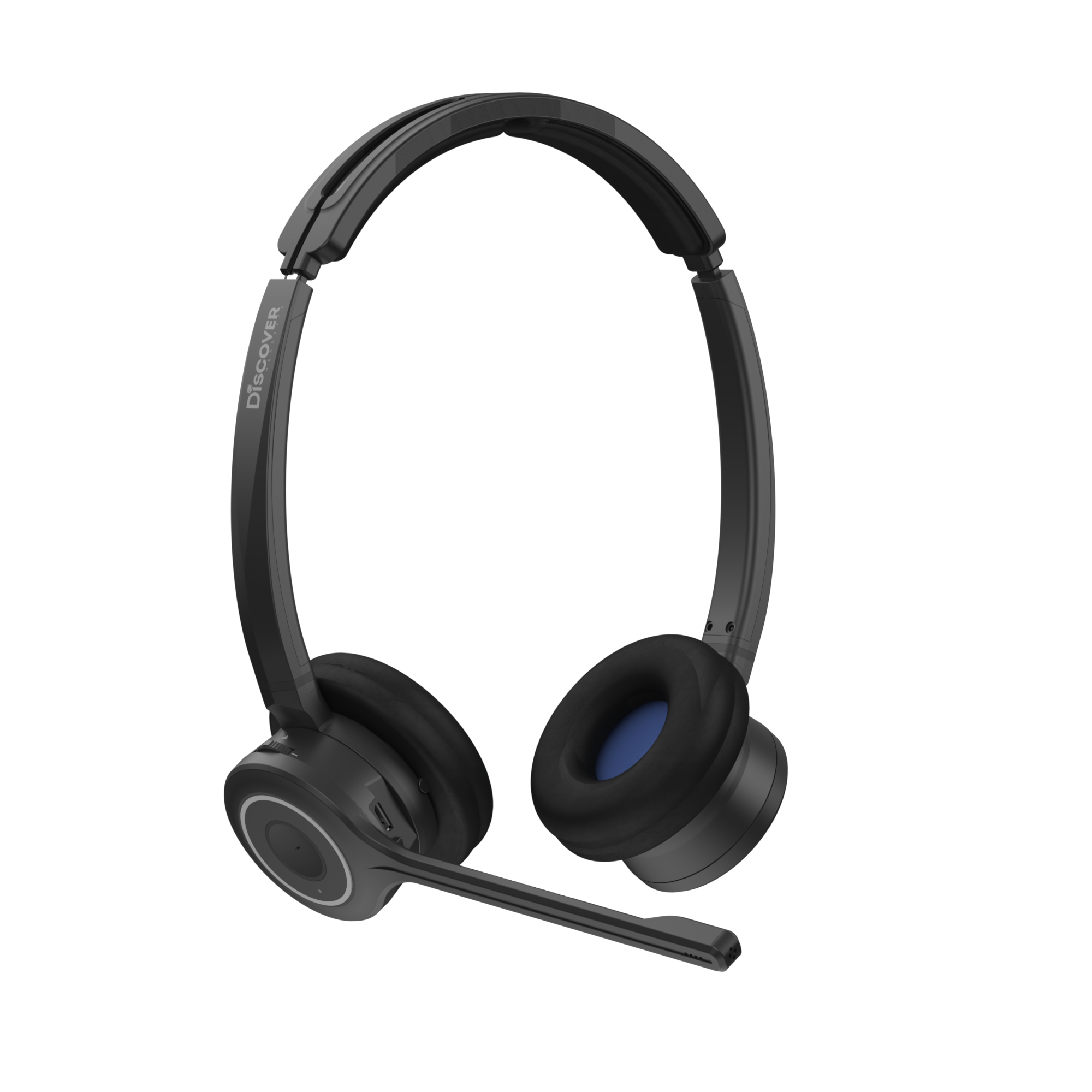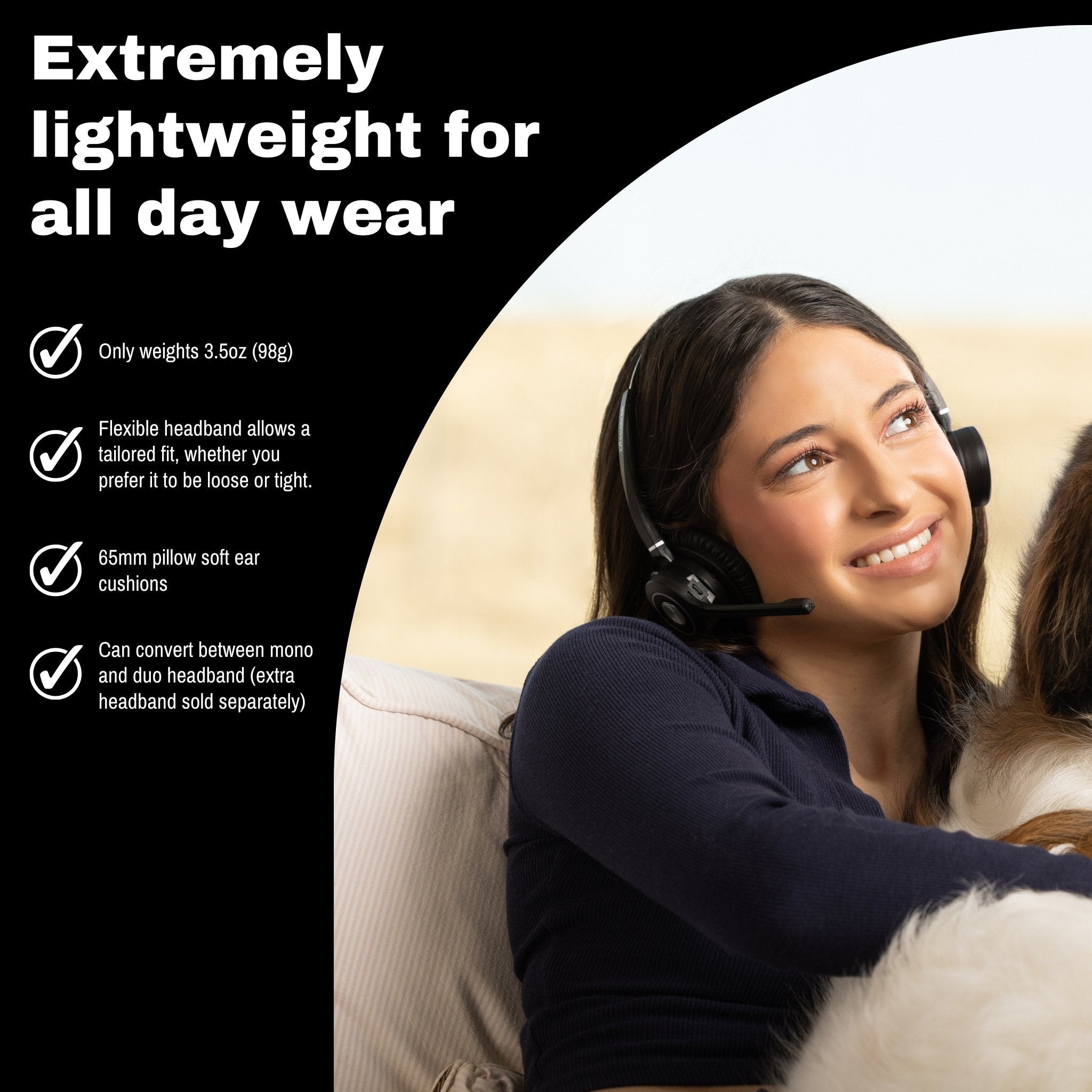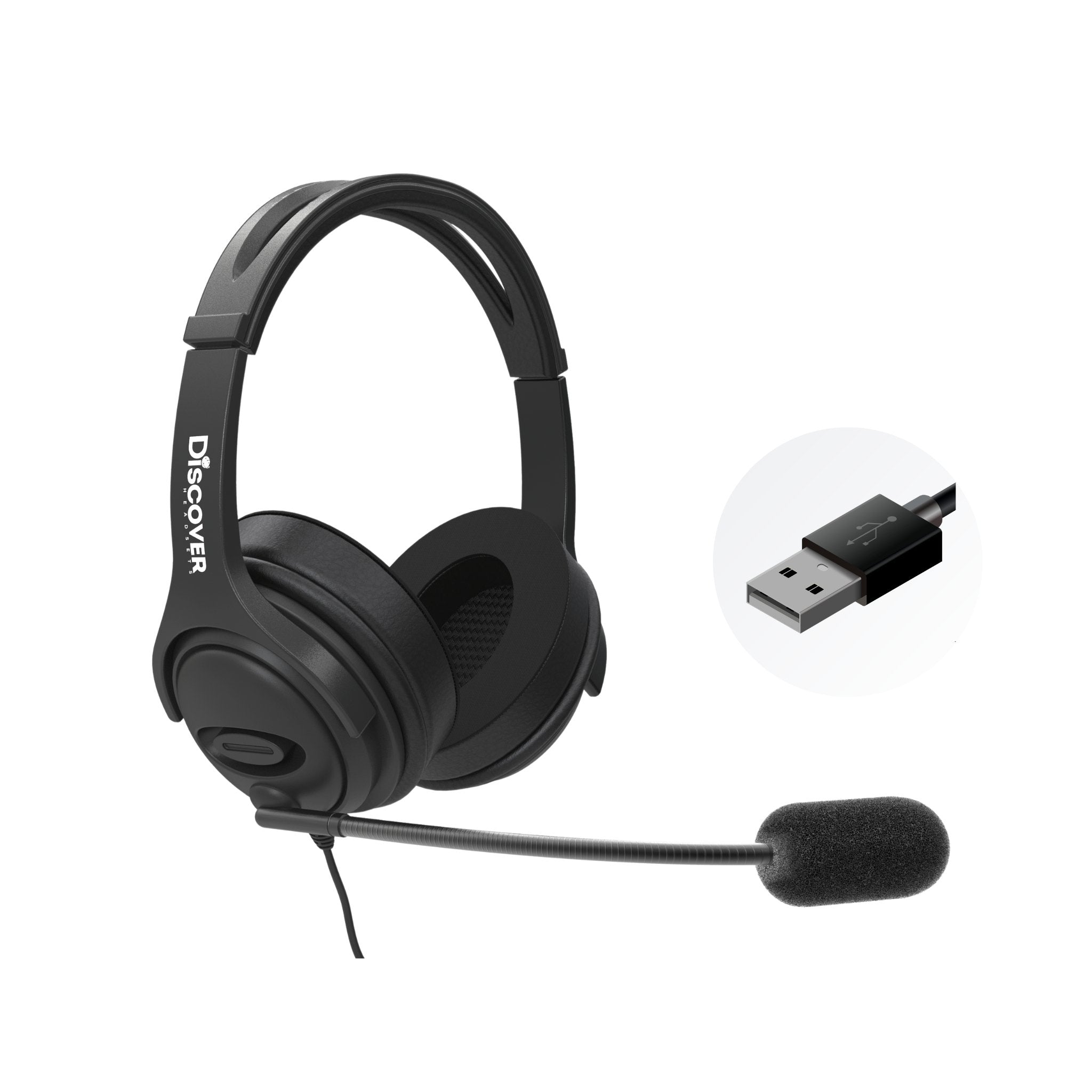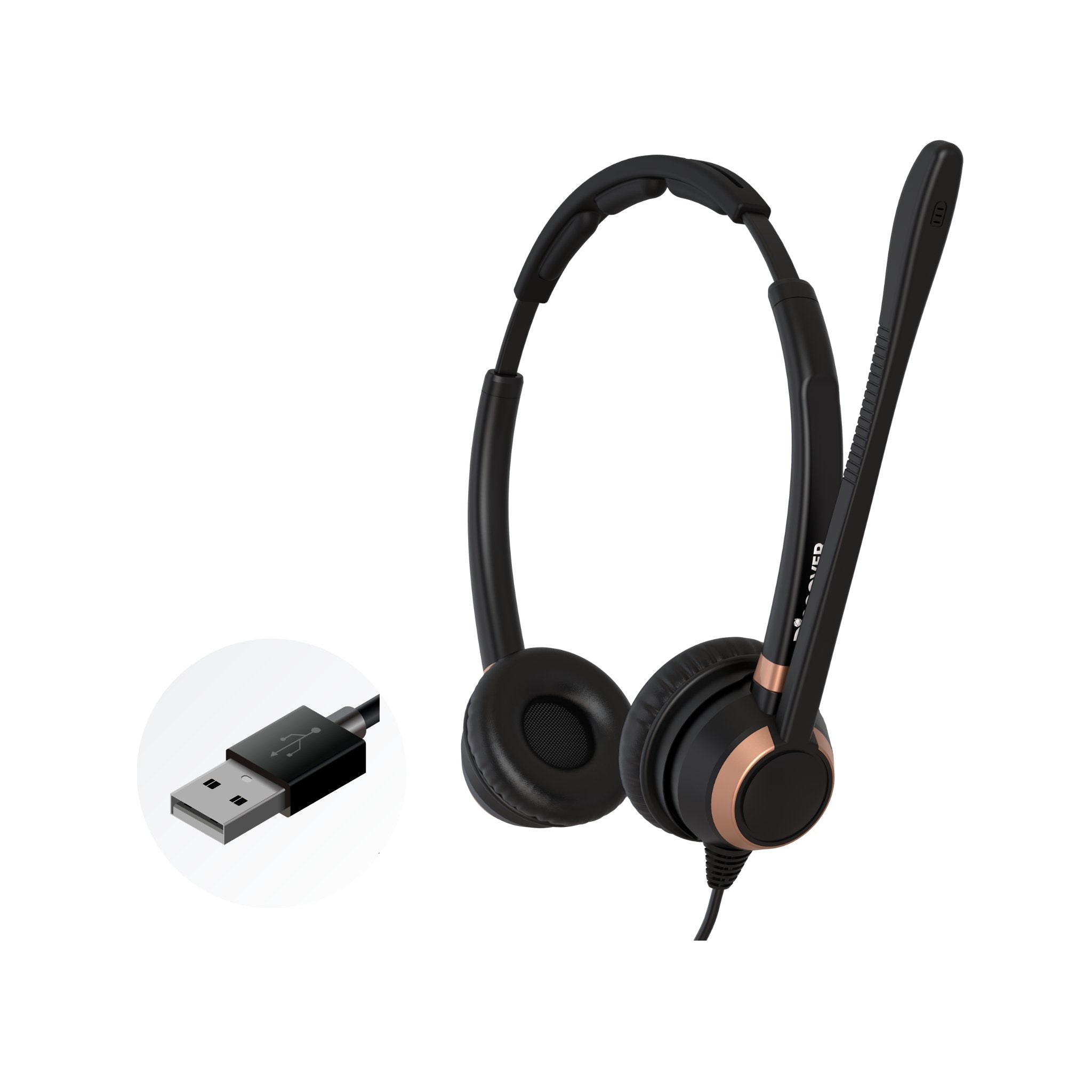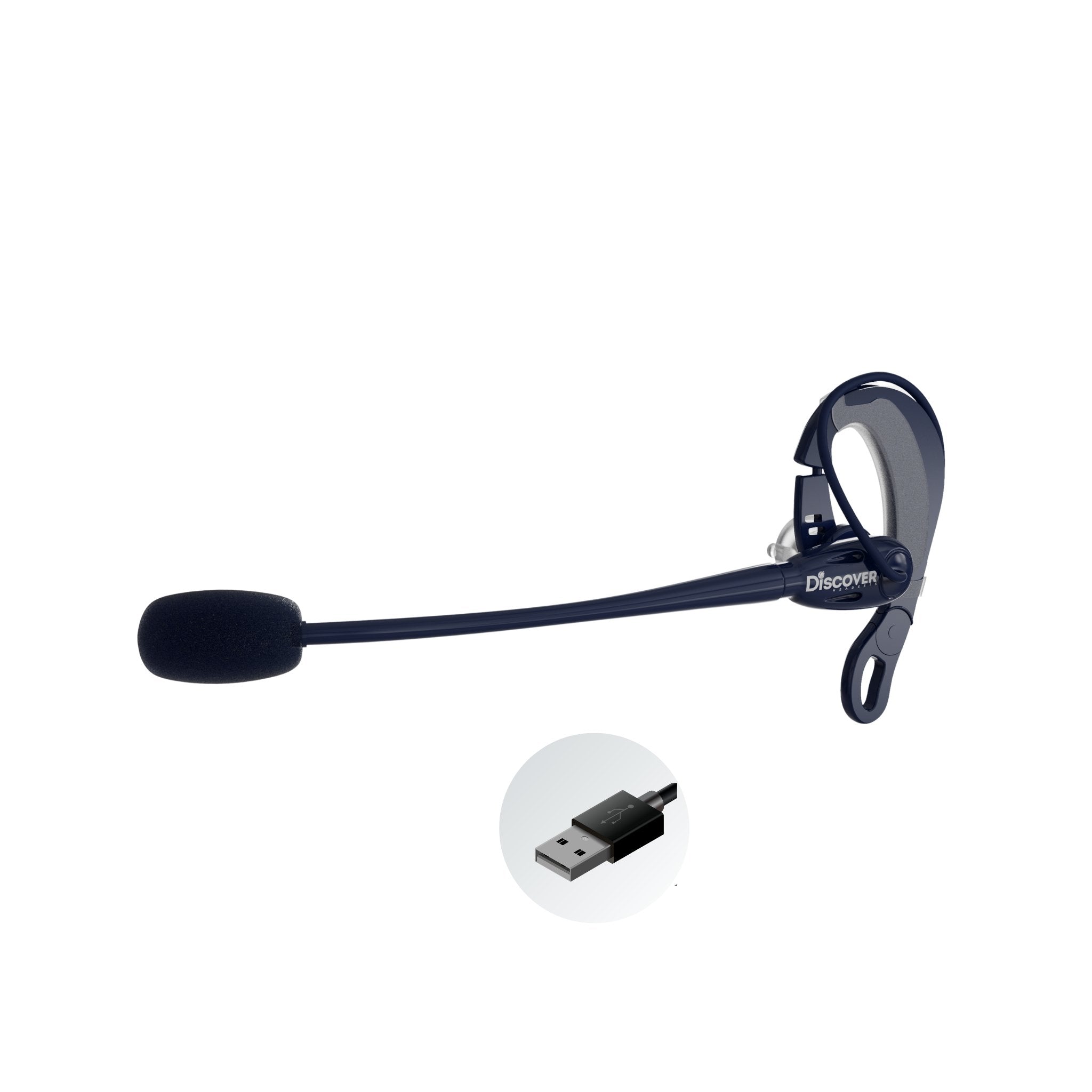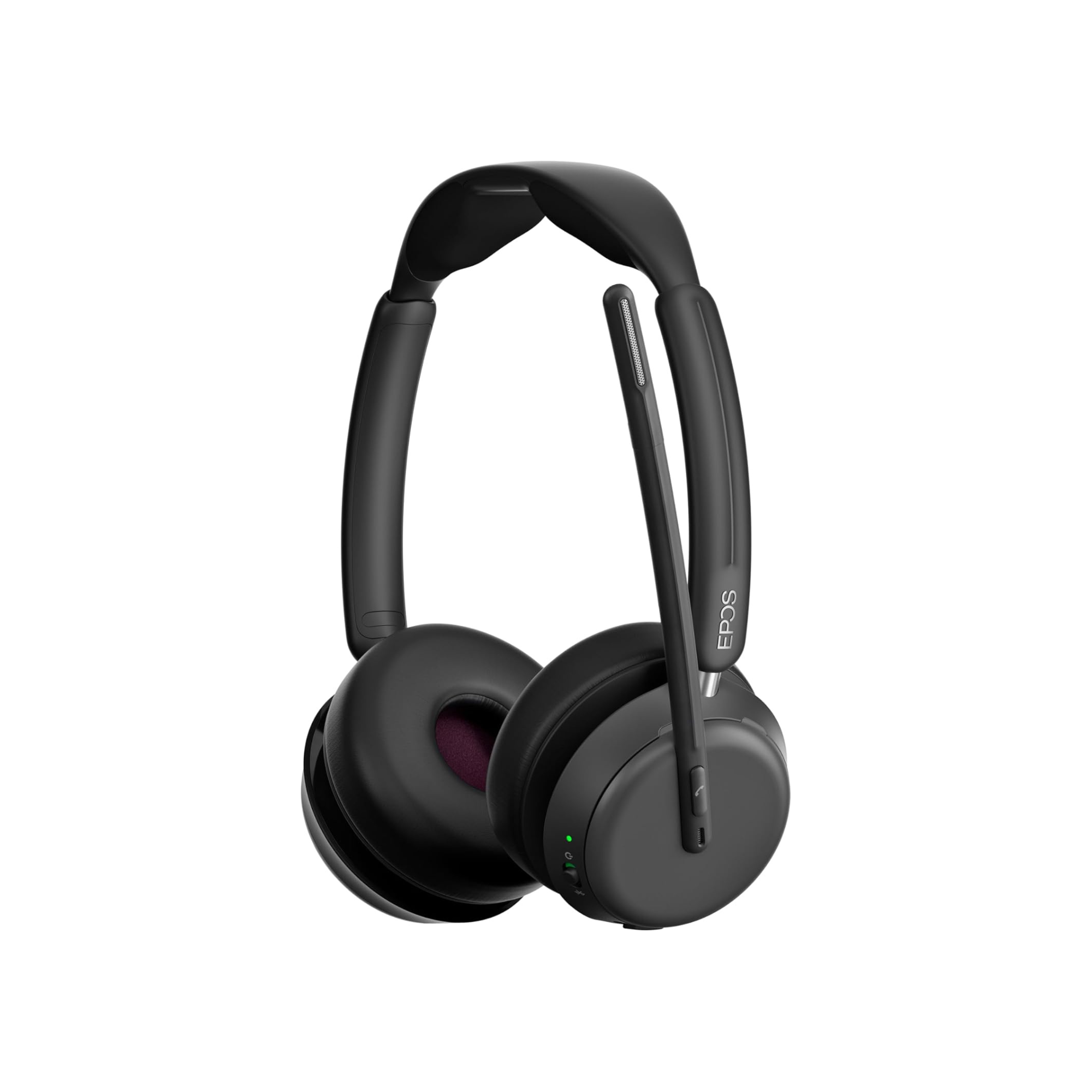Anyone who’s in the market for a new Bluetooth headset for work and entertainment should check out a couple of new wireless models from Poly.
Order Poly Voyager Focus 2 UC here
Poly has been coming out with several new products recently that not only includes their staple products in the business headset space, but audio and video conferencing products as well.
In this blog, I’ll focus on two new entrants into the Poly lineup, specifically comparing the Poly Voyager Focus 2 Bluetooth headset against the latest model, the Poly Voyager 4320. Both are double ear Bluetooth headsets designed to work with your computer and mobile devices.
Though they both have similar features, there are a few differences including the price. I’ll go over the similarities, and the differences.
Before I jump into this Bluetooth headset comparison, I did want to mention that I recorded a Youtube video here on this very subject. Watching the video will allow you to not only see the models, but you’ll be able to hear how they sound, and how well they do to eliminate unwanted background noise. So make sure to check out my video below.
Still with me? Great! Then let’s get to comparing these two new Poly Bluetooth headsets so we can see what they’re all about.
If you’re like a lot of people these days, you’ve found yourself on more conference calls and video calls than ever before. Words like Zoom, Teams, Meet etc. have found their way into our regular conversations. That wasn’t the case just a short time ago, but here we are.
Along with the increased use of Softphones and video conferencing is the need for a good quality headset. Yes, there are alternatives to using a headset, but in my experience, a good quality headset will deliver far better sound quality when compared to the alternatives.
The Poly Voyager Focus 2 UC and the Voyager 4320 are two excellent models well worth your time to consider that will work flawlessly on your next conference call.
Perhaps the best way to compare these two Bluetooth headsets is to break down the features that are common to both, and make note of any features that are unique to only one of these two models. So let’s start with how they’re similar.
Commonalities
Below are some points that illustrate how these two wireless headsets are similar.
Wearing style
The Poly Voyager Focus 2 UC and the Voyager 4320 are both dual ear headsets. Both are worn over the head, and cover both ears.
Connectivity
Both models are designed to work with a computer (think Softphones, Zoom, Teams, Meet, RingCentral apps), as well as with your mobile devices.
The Voyager Focus 2 UC and the Voyager 4320 both use the same computer dongle in the BT700. The BT700 dongle, which is the upgraded version from the former BT600, is designed to provide longer wireless range. In our tests, it does deliver on the longer range promise, albeit not a lot, but longer than the former.
Microphone technology
Both the Focus 2 UC and the Voyager 4320 utilize a specialized noise cancellation technology referred to as Acoustic Fence. This is a microphone technology that’s aimed at eliminating unwanted background noise so your callers get a cleaner, clearer sound.
We’ve tested this several times, and without a doubt, it’s an improvement over standard noise cancelling headset microphones. If you work in an environment where noise is a factor, such as working from home (dogs, children, landscapers, doorbells etc), or in an office with co-workers, then this is a feature you should put on your must have list.
Wireless range
The Voyager Focus 2 UC, and the Voyager 4320 are both designed to deliver up to 164 feet of wireless talk range. At Headset Advisor, we use a general rule of thumb of taking the manufacturer's stated range, and cutting it in half.
In this case, these two wireless headsets should provide about 80 feet of wireless range. True to form, that’s about the distance we were able to get before the signal began breaking up.
Even though you might read a spec sheet that makes a claim of 164 feet, you’d be smart to scale back your range expectations to half. If that figure satisfies your needs, then you won’t be disappointed once you begin using your new headset.
Busy lights
Both models have a built-in busy light that alerts those around you when on a live call. This feature is designed to help avoid interruptions.
Wired mode
Both models can be used as a wired headset when the battery needs to be recharged. Simply plug in the included USB cable, and you can continue to use the headset while the battery is being charged. Surprisingly, not many Bluetooth headsets can do this, and it’s a nice feature to have. It serves as a form of insurance should your battery unexpectedly need recharging or die on you while on a call.
Warranty
Another area where the Voyager Focus 2 UC and the Voyager 4320 are the same is in the warranty. Both models come with a full 2-year warranty which is solid. And, because both models are from Poly, you can rest assured that there’s a reputable company that’s behind that warranty.
Bluetooth
The Voyager Focus 2 UC operates using Bluetooth version 5.1, where the Voyager 4320 uses Bluetooth version 5.2. Being that I’m not an expert in the differences between Bluetooth versions, I can only do a simple Google search to try and understand the benefits of v 5.2. Here’s what a Google query returned.
“With Bluetooth 5.2, larger amounts of information can finally be transmitted over lower bandwidth and at lower power. ... This takes the Dual Audio feature farther, allowing for multiple connections of bluetooth devices to single sources.”
Hopefully that makes sense and is helpful in some way. All in all, I doubt the typical user will notice any difference between these two devices.
Weight
The Poly Voyager Focus 2 UC weighs 6.17 ounces
The Poly Voyager 4320 weighs 5.17 ounces
I’d be splitting hairs if I were to say that there’s a meaningful difference in weight between them. In a practical sense, they both weigh about the same.
Will you notice a weight difference when you put them on? Probably not because both models are very lightweight and comfortable.
Even though the Poly Voyager Focus 2 headset weighs slightly more, I’d have to say it has the edge over the 4320 when it comes to comfort, thanks to its innovative design. Much of that can be attributed to the suspended headband cushion and the memory foam ear cushions.
Don’t get me wrong, they’re both comfortable, even if worn all day. If I had to pick one, it’d be the Focus 2 UC.
How are they different?
Talk time
The Voyager Focus 2 UC provides up to 19 hours of talk time, and up to 24 hours of listening time.
The Voyager 4320 by comparison is designed to deliver up to 24 hours of talk time, and up to 47 hours of listening time.
Even though the talk time favors the 4320, it’s not a huge difference. However, when you look at the difference in listening time, that advantage widens notably.
It goes from the Voyager Focus 2 UC of 24 hours, to the 4320 at 47 hours. That’s a dramatic difference, one that can make a big difference if you spend a lot of time listening to music or videos.
In terms of battery recharge time, the 4320 takes a mere 1.6 hours for a full charge, and after 15 minutes on the charger, you’ll get 10 hours of listening time. Not bad at all. The Voyager Focus 2 UC recharge time is 2 hours.
USB A / USB C
The Poly Voyager Focus 2 UC uses a micro USB port on the headset and a USB A connector for recharging, or using while recharging.
The Voyager 4320 uses a USB C cable, which is deemed to be an upgrade from what the Focus 2 UC utilizes.
We’ve had many comments about the Micro USB / USB A cable used on the Focus 2 UC. The comments consistently were critical about Poly’s choice of using that cable design.
Most would agree that the movement is away from USB A and onto using USB C which provides faster data transfer speeds, and can conveniently plug in either direction, unlike the USB A version.
ANC (Active Noise Cancellation)
The Poly Voyager Focus 2 UC comes with ANC. This is a great feature that helps to eliminate unwanted room noise for the headset wearer. The Acoustic Fence feature, while also eliminates unwanted noise, it’s designed to give your callers a cleaner, clearer call. ANC allows the person wearing the headset to not be distracted by the noise around them, which in turn, allows them to better concentrate on their work, or music or whatever.
If you have a choice of using a headset that has ANC, or one that doesn’t, clearly the model that has it is an advantage. In this case, the Voyager 4320 doesn’t have it, but it’s important to remember that the 4320 isn’t intended to be a full-blown premium headset.
It’s designed to have a nice compliment of features, but not all-inclusive. That said, the advantage here clearly rests with the Voyager Focus 2 UC because it comes with this useful feature.
Price difference
The Poly Voyager Focus 2 UC has a suggested selling price of $329.95 without the charging base, and $349.95 with it.
The Voyager 4320 price comes in at $249.95 with a charging base, and $229.95 without it.
Though there are many similarities, and a few differences between these two models, the price gap between them runs about $100.00.
Order through the Headset Advisor website and use coupon code BLOG for your an additional discount
Final thoughts
Without a doubt, you cannot go wrong with either of these two fantastic Bluetooth headsets. The Voyager Focus 2 UC is an amazing headset that might even border on a product where art meets technology. It has great sound, a high-end microphone, Active Noise Cancellation so you can concentrate better.
It has a suspended headband pad, and memory foam ear cushions that help to take comfort to a whole new level. Not to mention smart sensor technology, auto microphone mute and a long list of impressive features. A good value? Absolutely!
The Voyager 4320 isn’t an undesirable headset even when compared to the more expensive relative. Keeping in mind the 4320 is geared to be a more budget friendly model, I have to say Poly did an amazing job to deliver a tastefully designed, richly appointed, great sounding comfortable headset. Frankly, you can’t argue about the price either. It’s truly priced well considering everything you get.
To me, it comes down to what you need. Do you work in an environment where noise is a constant? Or, do you work in an area where noise isn’t a big deal?
If noise is a big deal in your environment, you’ll definitely want to lean towards the Voyager Focus 2 UC for its superior noise-canceling features. Yes you’ll pay a little more, but once you use this headset, you’ll quickly forget about that extra hundred dollars you paid over the 4320.
On the other hand, if your work environment isn’t all that noisy, you simply can’t go wrong with the Voyager 4320. It doesn’t have the ANC feature, but in a quiet environment, you really don’t need it. Along the way, you can save the money, and maybe treat yourself to a nice dinner with the savings.
Hard to go wrong with either of these great Poly Bluetooth headsets. Determine your needs, make your choice, and I assure you, you won’t be dissatisfied.




